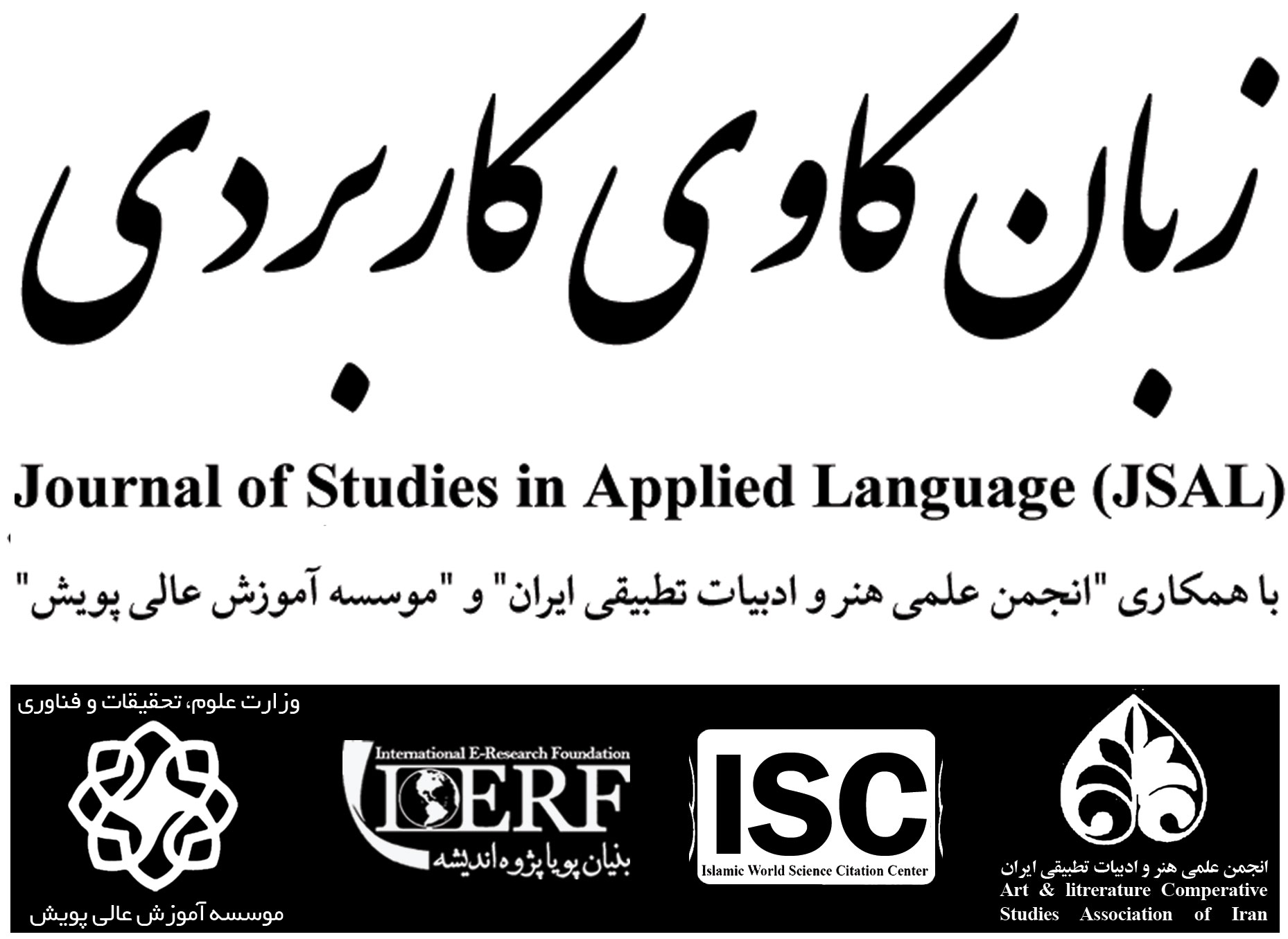Volume 5, Issue 1 (Journal of Language Teaching, Literature & Linguistics (JLTLL) 2022)
JSAL 2022, 5(1): 61-82 |
Back to browse issues page
Download citation:
BibTeX | RIS | EndNote | Medlars | ProCite | Reference Manager | RefWorks
Send citation to:



BibTeX | RIS | EndNote | Medlars | ProCite | Reference Manager | RefWorks
Send citation to:
hajizadeh M, Valizadeh H, Panahei S. (2022). Comparison of demonstratives between Arabic and Turkish; Comparative study [In Arabic]. JSAL. 5(1), 61-82.
URL: http://jsal.ierf.ir/article-1-41-en.html
URL: http://jsal.ierf.ir/article-1-41-en.html
1- Associate Professor, Department of Arabic Language and Literature, Faculty of Literature and Humanities, Shahid Madani University of Azerbaijan , hajizadeh_tma@yahoo.com
2- Assistant Professor, Department of Arabic Language and Literature, Faculty of Literature and Humanities, Shahid Madani University of Azerbaijan
3- PhD student in Arabic Language and Literature, Faculty of Literature and Humanities, Shahid Madani University of Azerbaijan
2- Assistant Professor, Department of Arabic Language and Literature, Faculty of Literature and Humanities, Shahid Madani University of Azerbaijan
3- PhD student in Arabic Language and Literature, Faculty of Literature and Humanities, Shahid Madani University of Azerbaijan
Abstract: (1477 Views)
A contrastive method is based on examining two simultaneous language levels, that is, a confrontation between two languages or a language with a single accent. This method proves the differences between the two language levels and expresses the problems of language teaching and is a pillar on which the language relies. The contrastive method, by discovering the commonalities and differences between the two language levels, expresses the differences and difficulties of teaching each of the two languages to the other. Since Arabic is an adjective and derivational language, and Turkish is an adjective-suffix language, the scholars therefore studied the contrasts of demonstratives in these two languages in order to find similarities and differences in terms of grammar, types and examined their position in the sentence. One of the most important findings of the present study was that sometimes nouns in Turkish are considered as pronouns, but in Arabic they are considered as pronouns only by some modern linguists. Similarly, Arabic distinguishes between males and females, while in Turkish there is no difference between males and females, and all nouns and punctuation are used equally for males and females. The importance of the present study was that it can provide a platform for Turkish researchers, scholars and teachers in teaching Arabic to non-Arabic speaking students. It is also hoped that this research will be useful for Arabic teachers who are not familiar with Turkish but are learning Arabic for Turkish.
Type of Study: Research |
Subject:
Sociolinguistics
Received: 2020/08/10 | Accepted: 2020/09/2 | Published: 2021/03/1
Received: 2020/08/10 | Accepted: 2020/09/2 | Published: 2021/03/1
Send email to the article author
| Rights and permissions | |
 |
This work is licensed under a Creative Commons Attribution-NonCommercial 4.0 International License. |






